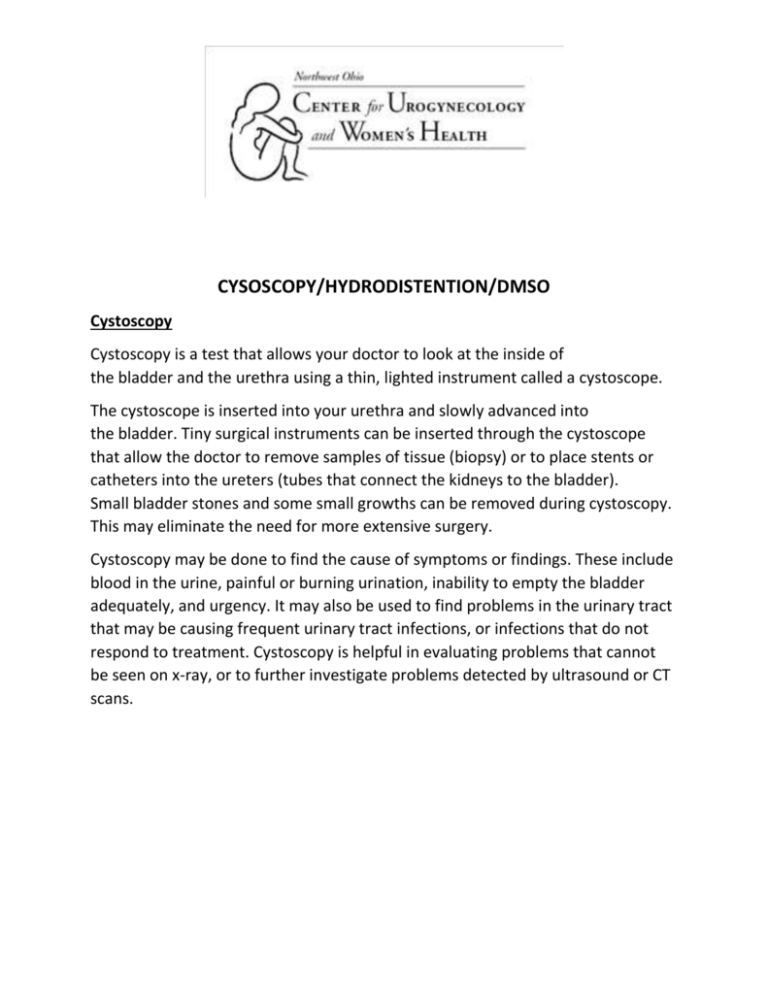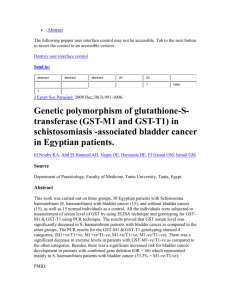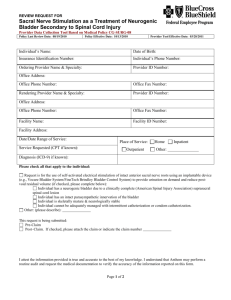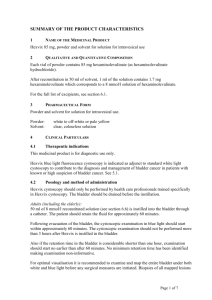Cystoscopy, Hydrodistention & DMSO: Patient Guide
advertisement

CYSOSCOPY/HYDRODISTENTION/DMSO Cystoscopy Cystoscopy is a test that allows your doctor to look at the inside of the bladder and the urethra using a thin, lighted instrument called a cystoscope. The cystoscope is inserted into your urethra and slowly advanced into the bladder. Tiny surgical instruments can be inserted through the cystoscope that allow the doctor to remove samples of tissue (biopsy) or to place stents or catheters into the ureters (tubes that connect the kidneys to the bladder). Small bladder stones and some small growths can be removed during cystoscopy. This may eliminate the need for more extensive surgery. Cystoscopy may be done to find the cause of symptoms or findings. These include blood in the urine, painful or burning urination, inability to empty the bladder adequately, and urgency. It may also be used to find problems in the urinary tract that may be causing frequent urinary tract infections, or infections that do not respond to treatment. Cystoscopy is helpful in evaluating problems that cannot be seen on x-ray, or to further investigate problems detected by ultrasound or CT scans. Hydrodistention This procedure can be both diagnostic and therapeutic. The bladder is filled and distended (gently stretched) with sterile water or saline so the inner walls of the bladder can be examined. One or more biopsies may be taken from the wall of the bladder. The purpose of this procedure is to help diagnose or rule out a condition known as interstitial cystitis. Before and aftercare Instructions We recommend avoiding foods that irritate the bladder for 48 hours prior to and after your procedure. We refer to this list as the “interstitial cystitis diet.” These include: Products with caffeine (coffee, tea, soda, etc.) Citrus fruits and juice Tomatoes Aspartame artificial sweetener Alcohol Tobacco (not a food, but irritates the bladder) A more thorough list of foods to avoid is available at our office, or visit www.ichelp.org 48 hours before and after your procedure: Increase your water intake to at least 2-3 liters per day. Do not have sexual intercourse. These measures are recommended to decrease risk of infection and to decrease discomfort. DMSO Dimethyl sulfoxide (DMSO, brand name RIMSO-50) was the first and remains the only FDA-approved bladder instillation specifically for interstitial cystitis (IC). Approved in 1978, its exact mechanism of action is still not fully known, though it is thought to have several positive effects: Reducing bladder irritation and pain (anti-inflammatory) Helping to relax the bladder and pelvic muscles (antispasmodic) Relieving pain by depleting the level of substance P levels from bladder nerves Increasing bladder capacity by breaking down scar tissue by preventing the formation of collagen, a protein the body uses to create scar tissue Because of its ability to penetrate the bladder lining, some healthcare providers add DMSO to “bladder cocktails” to aid the absorption of other bladder-instilled medicines, such as heparin, steroids, bicarbonate, and analgesics (pain medicines). DMSO Dosage & Treatment Plan A “bladder cocktail” including DMSO, Lidocaine, Heparin, and Kenalog are instilled directly into the bladder using a small, soft rubber catheter. You then hold the solution in you bladder for up to 30 minutes before urinating it out. This may be done in the office or during a cystoscopy or hydro distention procedure. You will receive a series of instillations, generally once a month for 3-4 months, depending on your response to the medicine.









